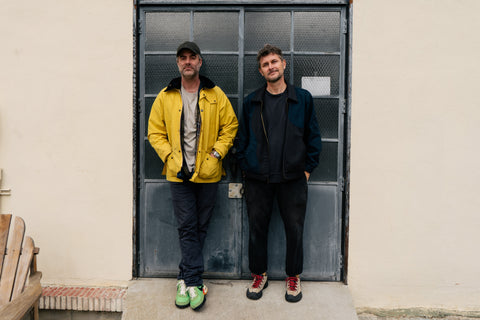
How Vinyl Records Are Made: A Step-by-Step Guide to the Pressing Process
Curious about how your music makes its way onto a vinyl record? At Vinyl Ceremony, we’re passionate about keeping the art of analog sound alive. Here’s an inside look at every step of the vinyl pressing process—from audio mastering to packaging your final record.
Step 1: Audio Mastering for Vinyl
Before we even touch a physical record, the audio needs to be specifically mastered for vinyl. Unlike digital formats, vinyl has physical limitations (like groove spacing and frequency ranges), so mastering engineers optimize the tracks for clarity, warmth, and dynamics on wax.
Key services at this stage:
-
Vinyl-specific EQ and compression
-
Side A / Side B sequencing
-
Ensuring no phase issues (which affect stylus tracking)
Step 2: Lacquer Cutting
Once your master is ready, a lacquer cutting engineer engraves the sound onto a lacquer disc using a precision lathe. This soft aluminum disc is coated in nitrocellulose and contains the grooves that will ultimately become your music.
What happens here:
-
Music is cut into a spiral groove on the lacquer in real-time
-
Engineers check groove depth and spacing
-
This lacquer is the first physical version of your record

Step 3: Electroplating and Stamper Creation
Next, the lacquer master is sent to electroplating. It gets coated with silver, then placed in a nickel bath where electricity helps create a metal negative, called a father. From that father, we create mothers and stampers—which are used in the pressing machines.
Why this matters:
-
Stampers are exact metal negatives of your record
-
They’re durable enough to press hundreds to thousands of copies


Step 4: Test Pressings
Before full production begins, we create a small batch of test pressings. These are sent to the artist or label for approval.
Here’s what to check:
-
Audio fidelity (pops, clicks, warping)
-
Sequencing accuracy
-
Label placement and track spacing
Once approved, we move into full production.

Step 5: Vinyl Pressing
Here’s where the magic happens. Vinyl pellets (usually black, but they can be any color or pattern) are melted into a puck called a biscuit. This is placed between the stampers inside a hydraulic press.
Pressing process:
-
Biscuit + center labels are placed inside the mold
-
Steam and pressure form the record
-
Water cools the mold to harden the vinyl
Each record is then carefully trimmed and set to cool.

🔍 Step 6: Quality Control
We visually and audibly inspect a selection of records from each batch.
Checks include:
-
Surface noise
-
Warping or defects
-
Label alignment
-
Center hole accuracy
This ensures each customer gets a beautiful, playable record.

📦 Step 7: Packaging & Shipping
Your records are sleeved, jacketed, shrink-wrapped (if requested), and boxed. We offer custom packaging options like:
-
Gatefolds
-
Tip-on jackets
-
Printed inner sleeves
-
Inserts, posters, and download cards
Everything is packed with care and sent out to you or your fulfillment partner.

🎶 Your Sound on Wax
Every record pressed at [Your Plant Name] is a celebration of artistry, craft, and analog warmth. Whether you’re an indie artist, a boutique label, or just a vinyl lover, we’re here to guide you through the entire process—from raw grooves to turntable-ready sound.
Want to press your own vinyl?
Check out our website www.vinylceremony.com to get started.
CONTACT
+626-314-2345
VISIT
2770 E Walnut St
Pasadena, CA 91107
USA
HOURS
Monday-Friday: 9am-5pm
Saturday-Sunday: Closed





